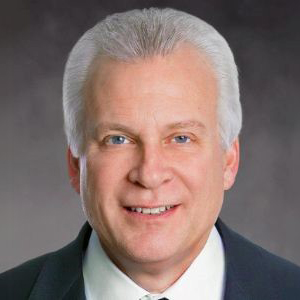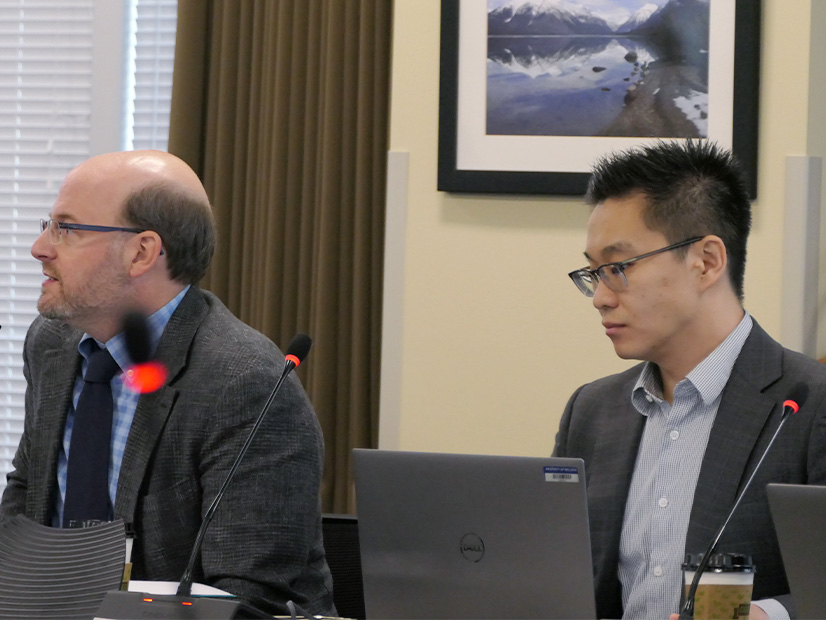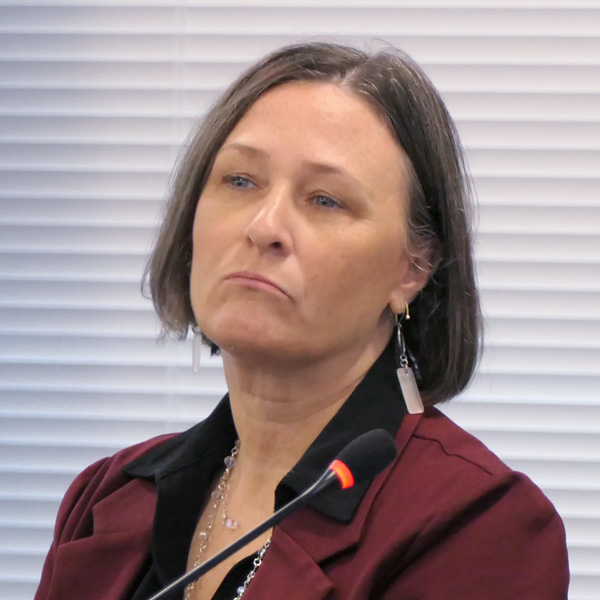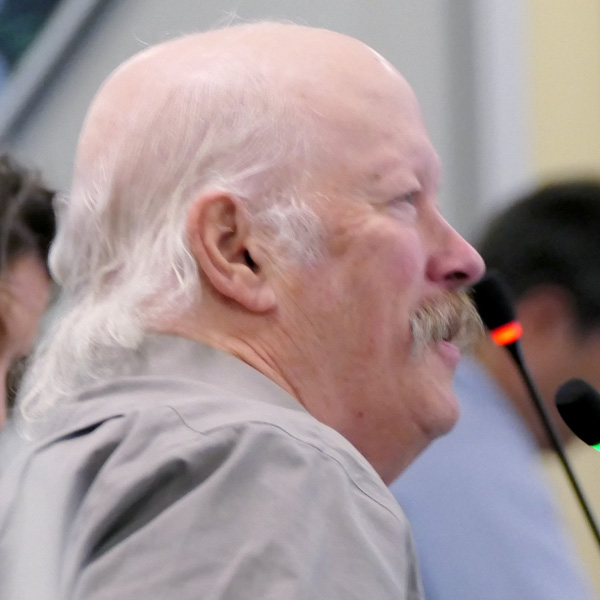Former President Donald Trump’s victory and future return to the White House will certainly be a setback, but it “won’t be a death knell to the clean energy transition,” Dan Lashof, U.S. director of the World Resources Institute, said in a statement released Nov. 6.
“Most U.S. state, local and private sector leaders are committed to charging ahead,” he said.
Lashof was one of a small army of bleary-eyed energy industry leaders and analysts who had stayed up late following election returns Nov. 5 but were ready to offer some sharp insights on what’s ahead for federal energy policy, regulation and legislation with Trump in the White House and a Republican-led Senate and, possibly, House.
Control of the House was still undecided at NetZero Insider’s deadline on Nov. 6, with the GOP winning 204 seats to the Democrats’ 188, according to The New York Times.
With more than 400 attendees listening in, a post-election webinar, hosted by Bracewell LLP, a policy and advocacy law firm, first dug into the role energy played in Trump’s victory.
Energy was tied up in voters’ concerns about the economy and inflation, which drove a major realignment of working-class voters toward the Republican party, a critical factor in the GOP victory, said Scott Segal, co-chair of Bracewell’s Policy Resolution Group.
“It’s very present in people’s lives. They get a bill every month regarding it. They pass signage as they drive along and see what the price of another energy commodity is,” Segal said.
“Americans are like, I paid less for gas under [Trump]. The end,” agreed Jonathan Martin, senior political columnist at POLITICO.
On the other hand, Vice President Kamala Harris and the Democrats were hesitant to “put climate front and center, climate per se,” said Liam Donovan, senior political strategist at Bracewell. “You ended up with this weird, untenable business where Harris is on stage in Pennsylvania, talking about how she’s not going to ban fracking. So, it put them on the defensive, whereas the Republicans were able to play offense.”
A wide range of views are now surfacing on what Trump will do on energy policy once back in the White House
The first clues will be who he appoints to key agencies like the Energy Department and the EPA. “Personnel is policy,” Donovan said. “It’s not just about what Donald Trump wants to do, what he has to do. It’s what the people around him intend to do, who are in key positions. What is their agenda, and how does that play out on both ends of Pennsylvania Avenue?”
While no announcements have been made, outgoing North Dakota Gov. Doug Burgum (R) has generated significant buzz as a possible energy secretary.
In Congress, Sen. John Barrasso (R-Wyo.) is in line to become the GOP Senate whip, and Sen. Mike Lee (R-Utah) is likely to take over as chair of the Senate Energy and Natural Resources Committee, Segal said.
He described Lee as “a small government kind of guy. He’s a constitutionalist … [not] a policy empire builder.”
Sen. Shelley Moore Capito (R-W.Va.) will move from ranking member to chair of the Senate Environment and Public Works Committee.
On the still undecided House side, if the Democrats squeak out a majority, Rep. Frank Pallone (D-N.J.) would likely become chair of the Energy and Commerce Committee. If Republicans remain in control, Segal sees a three-way contest for committee chair, between Reps. Bob Latta (R-Ohio), Richard Hudson (R-N.C.) and Brett Guthrie (R-Ky.), with Guthrie having the edge.
Segal noted that Guthrie has focused more on health issues on the committee. But during a speech at the National Clean Energy Week Policymakers Symposium in September, Guthrie labeled Democratic energy policies as “disruptive,” based on radical scare tactics or misinformation. (See The Buzz at NCEW: The Election, Permitting and IRA Tax Credits.)
DOE and the IRA
What’s ahead for Democrats in Congress could be a renewed focus on bipartisanship, said Rep. Nikki Budzinski (D-Ill.), fresh from her own reelection victory. As a Democrat from a Midwest district with former coal mining towns, Budzinski favors an “all of the above” energy transition, recognizing that getting to a clean energy economy will take time.
She would like to see the Treasury Department finalize tax guidance for the 45Z tax credit for biofuels and sustainable aviation fuels, an issue she sees as ripe for bipartisan action, whether by the outgoing Biden administration or the incoming Trump White House.
“I’ve met with my growers who [say], ‘The uncertainty is what’s killing us, and we need that guidance sooner rather than later,’” Budzinski said. Biofuels could be “a win-win throughout the Midwest, where we grow so much corn and soybeans. This is a brand-new market. That’s the thing I hear from my farmers; first and foremost, they want new markets.”
Budzinski’s focus on the potential economic gains that tax credits in the Inflation Reduction Act can provide for her constituents reflects what many hope will be bipartisan support to defend at least some of the law’s clean energy tax credits and other incentives.
Segal believes the economic momentum the IRA has created in many red states and congressional districts will make it unlikely the law will face a full repeal. He pointed to the Aug. 6 letter from 18 GOP congress members, calling on Speaker of House Mike Johnson (R-La.) to protect the law’s clean energy tax credits.
Johnson replied that any changes to the law would be made with a scalpel, not a sledgehammer.
But other analysts have questioned this conventional wisdom. Speaking at the recent Southeast Renewable Energy Conference, Keith Martin, an energy and tax expert at Norton Rose Fulbright, cautioned that as soon as Trump enters the White House he could issue “a Day 1 order telling executive agencies to stop issuing guidance and to stop spending money on the [IRA].”
And if Republicans take control of both houses of Congress, Martin expects them to “cannibalize parts of the Inflation Reduction Act to pay for extending the 2017 Trump tax cuts that expire at the end of next year.” (See SE Renewable Energy Conference Hears Blunt Talk on Trump.)
Barrasso also has a long record of opposition to the IRA and, as ranking member on the Senate Energy and Natural Resources Committee, has repeatedly called for its repeal, labeling it “irresponsible, reckless [and] alarming.”
Another challenge, Segal said, is that many of the programs and incentives in the IRA and Infrastructure Investment and Jobs Act have not been fully implemented, raising questions about how the transition to the incoming Trump administration will be handled at the Department of Energy.
Mark Menezes, a former deputy secretary of energy for Trump, noted first that DOE has doubled its staff over the past four years specifically to administer the funds in both laws. The handover from one administration to the next will involve the creation of extensive documentation — online “briefing books” — that detail “the offices, what their mission is, the statutory basis, the expenditures, the amount of obligated funds that are all part of these programs.”
The information is used to help prepare new DOE officials for Senate confirmation and decide “whether these programs would likely be continued or not,” said Menezes, who is currently CEO of the U.S. Energy Association.
“One hallmark of the first Trump administration was to not pick winners and losers on technologies or types of energy,” he said. “For example, renewables weren’t forced on a particular group if they did not want to have renewable power.”
Such policies were changed by the Biden administration, and Menezes expects the second Trump administration will again “look for where restrictions exist that do not allow choice by those that need the energy and need affordable energy, to make choices that fit the local community.”
Industry Reactions
Like Budzinski, clean energy organizations have focused on the economic development and jobs the industry has generated as a first step toward working with Trump.
Congratulating the president-elect on his victory, Mark Widmar, CEO at First Solar, said, “We look forward to engaging with him, his administration and Congress on a shared agenda to ensure a level playing field for American manufacturing and supply chains, safeguard American jobs and win the energy technology race against China with American innovation.”
“The advanced energy industry is an immense economic force in America, powering a manufacturing renaissance in towns of all sizes and political preference, and creating financial opportunity in every state in the country, said Heather O’Neill, CEO of Advanced Energy United. “America has only just started to tap into the incredible economic potential of advanced energy. With both parties in agreement that energy costs in America are too high and our energy infrastructure in need of rebuilding, advanced energy technologies are the solution to both, right now and in the years ahead.”
Abigail Ross Hopper, CEO of the Solar Energy Industries Association, also focused on the increasing role of solar and storage in cutting energy costs for consumers. “America’s solar and storage industry is unleashing abundant, homegrown energy that is creating jobs and delivering affordable, reliable power to every home and business in this country,” Hopper said.
Like others, Hopper said SEIA looks forward to working with the Trump administration “to ensure the solar and storage industry, as well as the domestic manufacturing renaissance we’ve seen over the last few years, continue to thrive and play a vital role in America’s energy economy.”
But Alex McDonough, board chair of the advocacy group Clean Energy for America, called the election results “disappointing” and promised a fight against any efforts to roll back the IRA’s tax credits and incentives.
“If President-elect Trump attempts to repeal the country’s clean energy plan, including critical tax credits, he will fail,” McDonough said. “Cities, states, companies and workers are pushing America forward on our clean energy future and economy because it’s the right direction for our economy, security and climate. We hope Donald Trump and Republican leaders will pursue bipartisan solutions to cut families’ costs, defend American security and innovation, and boost energy independence with clean power.”



